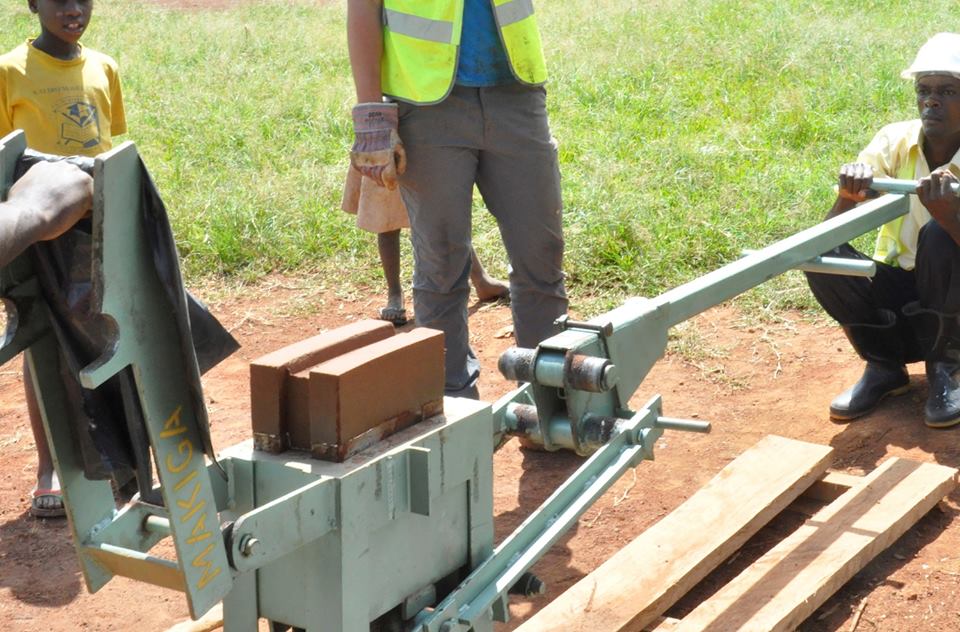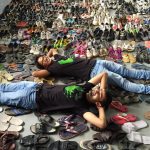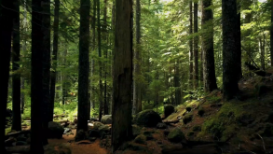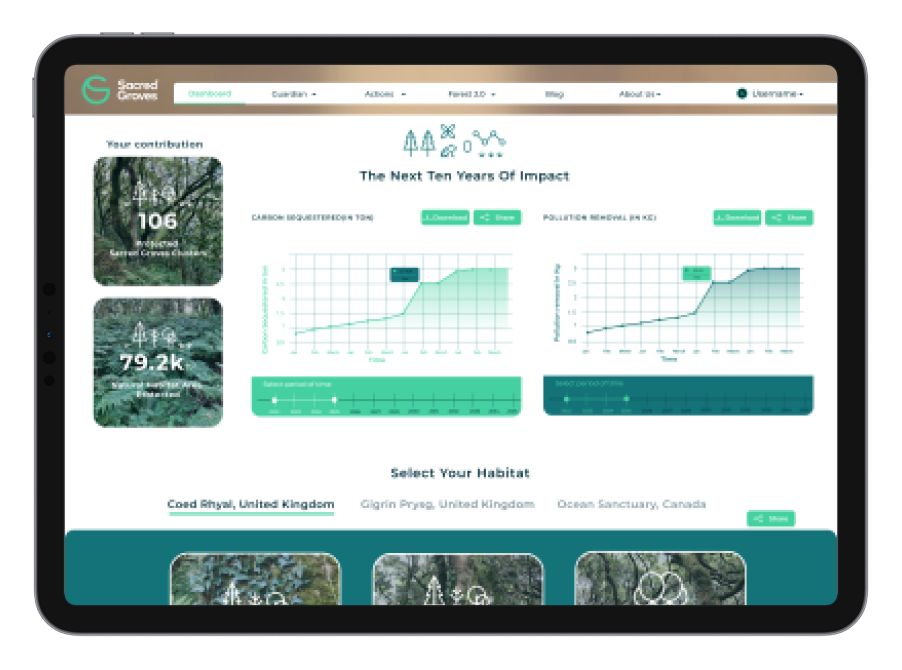A sustainable brickmaking technology being used in the second largest refugee settlement in the world in Uganda is offering a glimmer of hope for its beleaguered forests.
In Uganda’s Bidi Bidi, the second largest refugee settlement in the world and home to about a quarter of a million people, cutting trees for brick-making and firewood has resulted in one of the world’s highest deforestation rates. As the country loses 2.6 percent of its forest cover every year, the search for sustainable solutions is urgent. Enter Interlocking Sustainable Soil Bricks (ISSB) technology, a cost-effective, environmentally sustainable alternative to burnt bricks. Made and installed on-site, these make construction cost-effective, efficient and environmentally friendly, believe engineers from international humanitarian charity Mercy Corps.
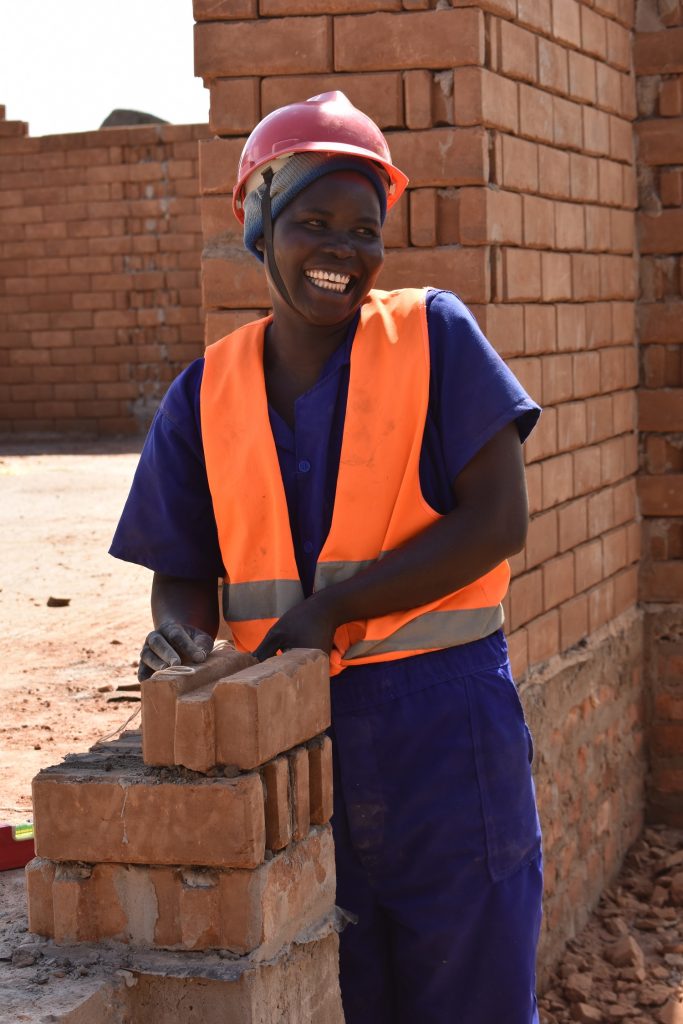
Cut to 2019, when Mercy Corps’ BRIDGE program funded by the UK’s Department for International Development engaged Haileybury Youth Trust (HYT) to employ ISSB technology to construct two innovation centres in Bidi Bidi. They trained ten women and 16 men in all aspects of construction from foundations to roofing, with a special focus on this new technology. This training has boosted the income and confidence of trainees and ensured they spread the technology further. Florence, a refugee and HYT trainee says, “I’m now able to buy clothes for the children and change the diet at home and hope to regain something of what we lost in South Sudan.”
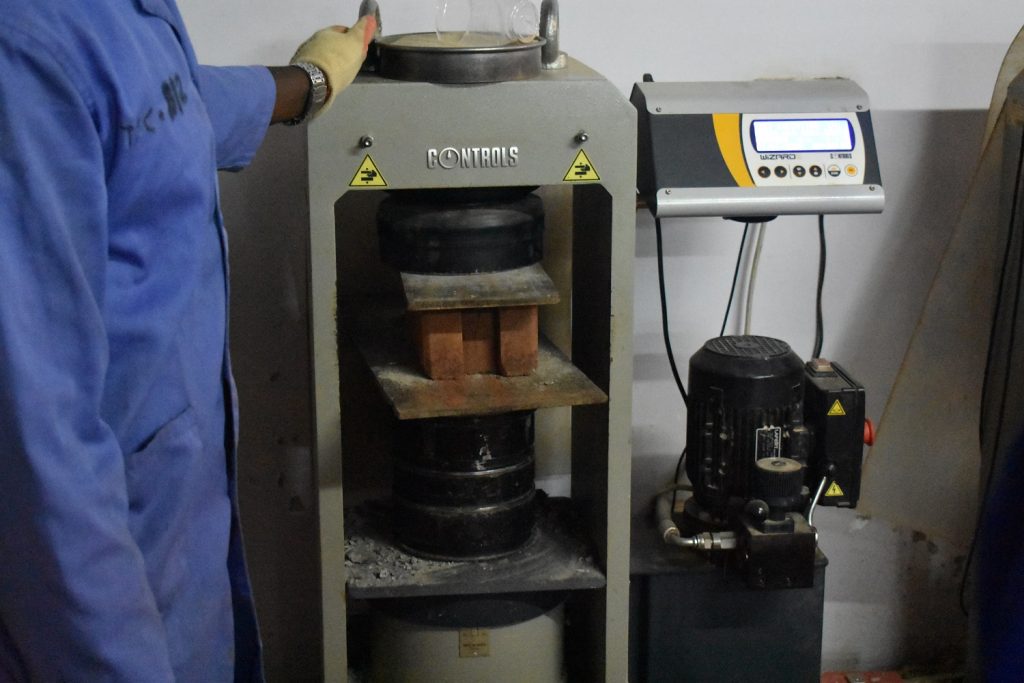
Initially, many doubted the strength of these bricks; testing has proven them durable and sustainable. Today, the Mercy Corps projects using the ISSB technology have saved 45 tons of firewood, the equivalent to 72 tons of CO2 emissions, and HYT-funded water tanks using the same technology have saved 9.4 tons of firewood, the equivalent to 16.8 tons of CO2 emissions. In 2017 HYT won an Ashden Award, an honour given to leading green energy solutions, for its vital role in using innovative solutions to climate change, poverty alleviation, and community resilience. HTY has gone on to work with and complete ISSB construction and training projects for partners such as Enabel, Mercy Corps, Children on The Edge, Build Africa, Street Child Uganda, African Revival and Catholic Relief Services.
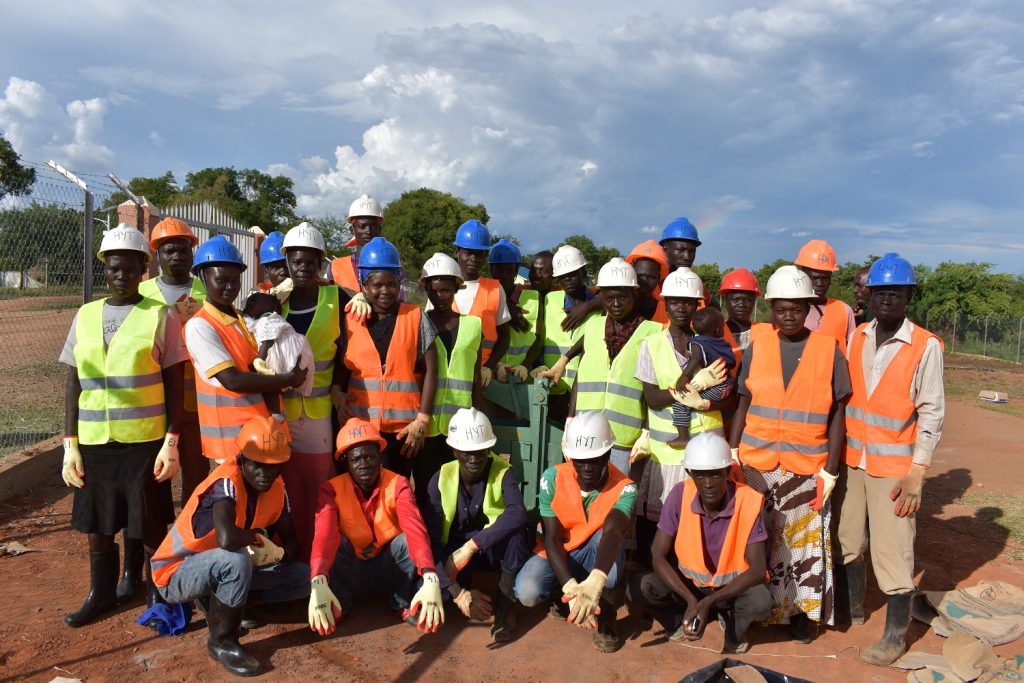
HYT officials say they will soon have an expert team of refugee and Ugandan graduates in Bidi Bidi that are capable of building using ISSB with minimal HYT involvement and replicating the ISSB technology in other settlements. Already, seven Mercy Corps trained graduates have returned to South Sudan to implement ISSB technology and further train others to use it. Others have gone on to use ISSB technology in housing for their families, hairdressing kiosks and poultry houses.
“We are confident ISSB will become mainstream in the coming years when it is coupled with an environmental construction policy and spear-headed by more professionals, including architects, engineers, environmentalists, and other stakeholders,” says Edmund Brett of HYT Uganda.
Author: Esther Nakkazi, The India Story Agency for Sacred Groves
Did you enjoy this article?
Share with friends to inspire positive action.
